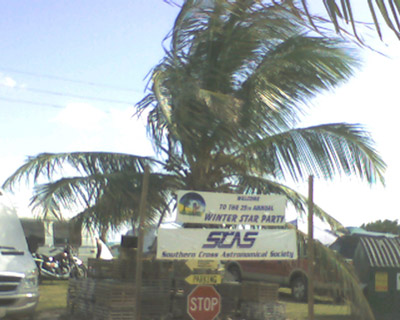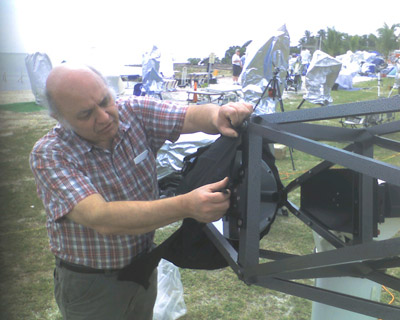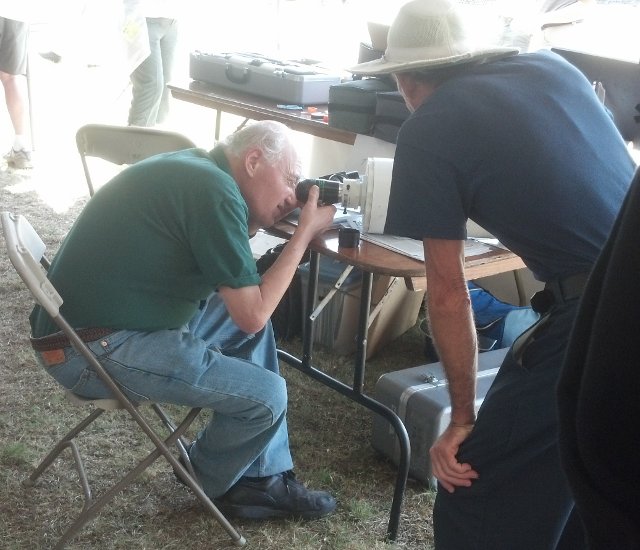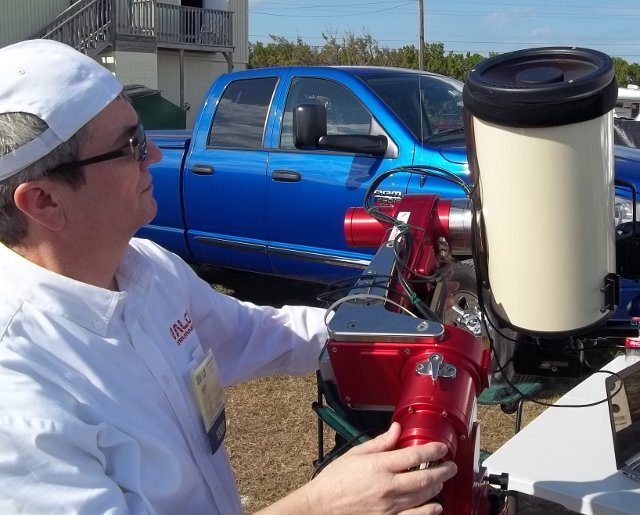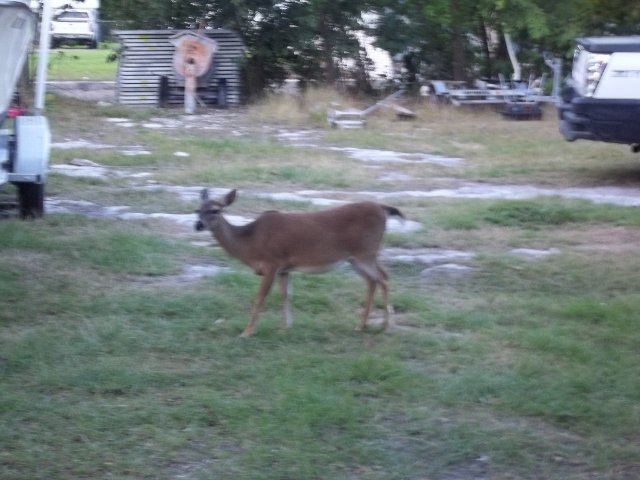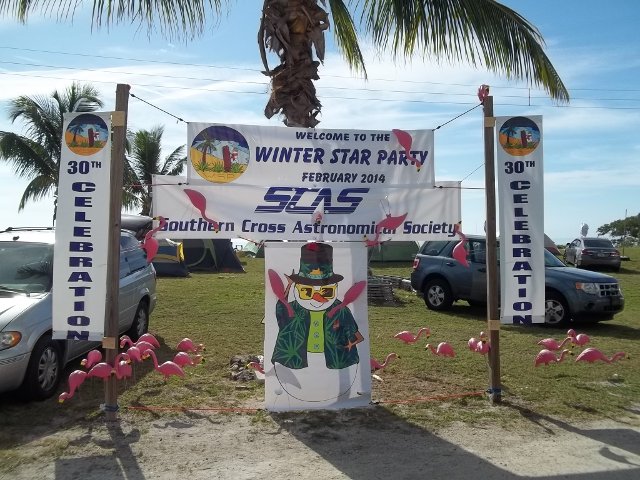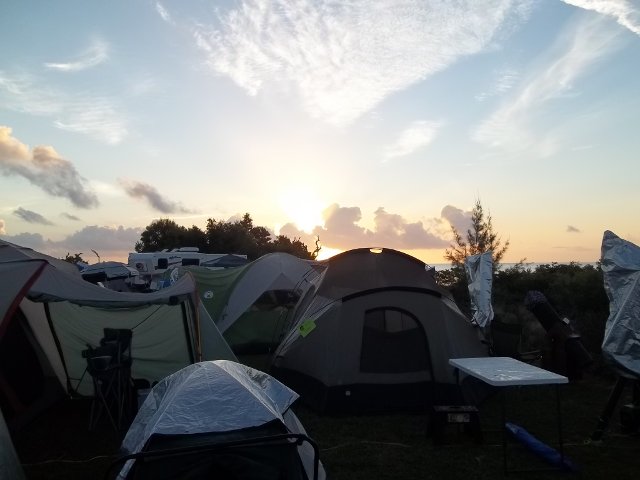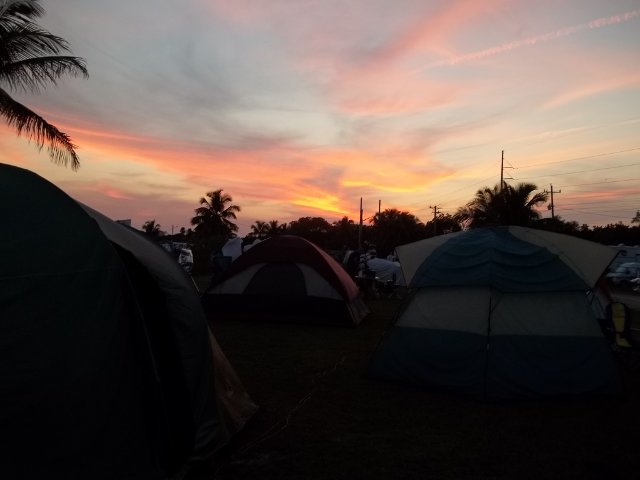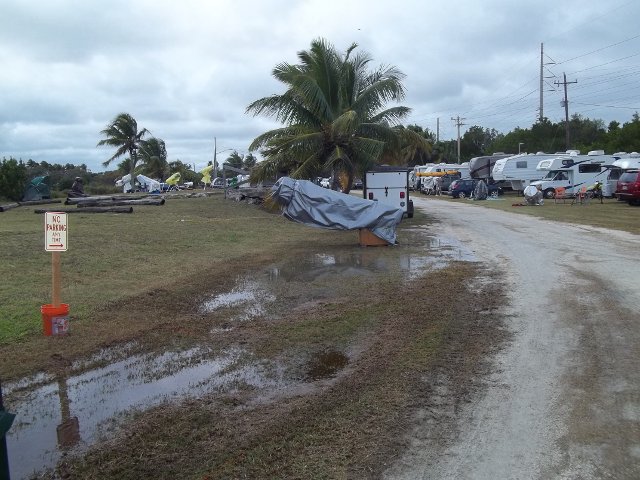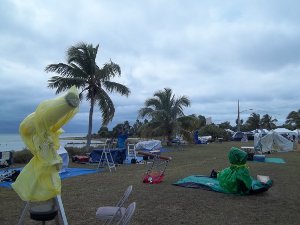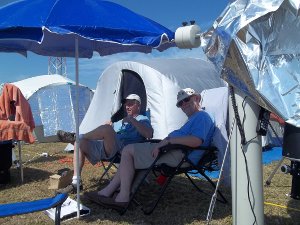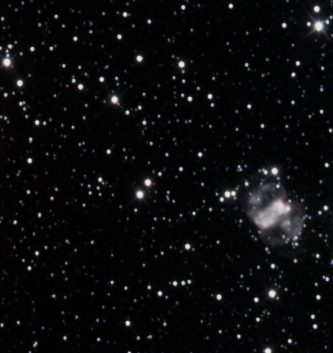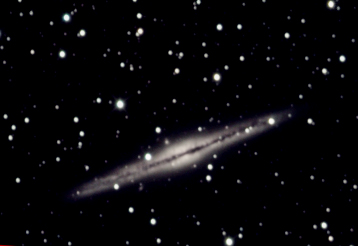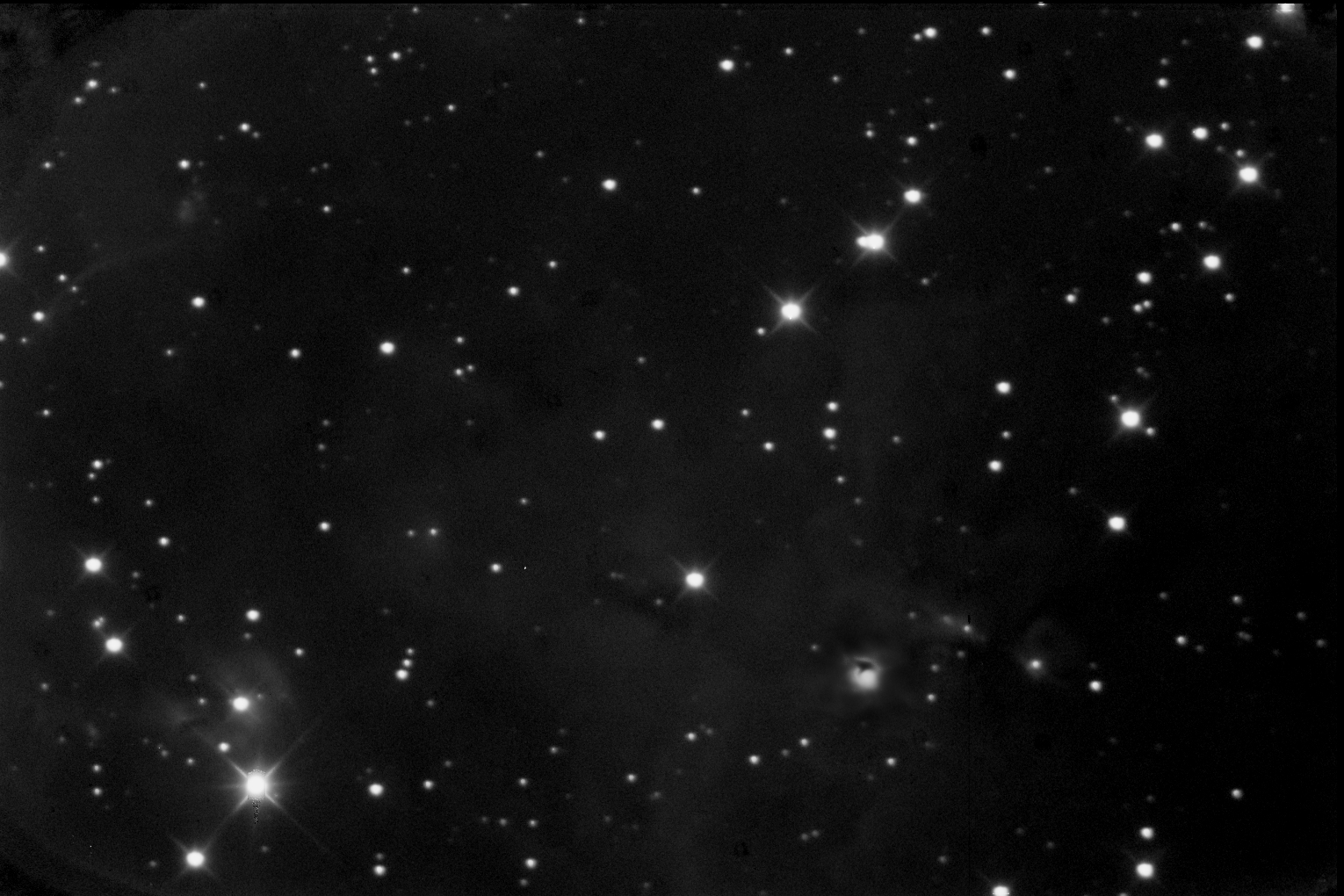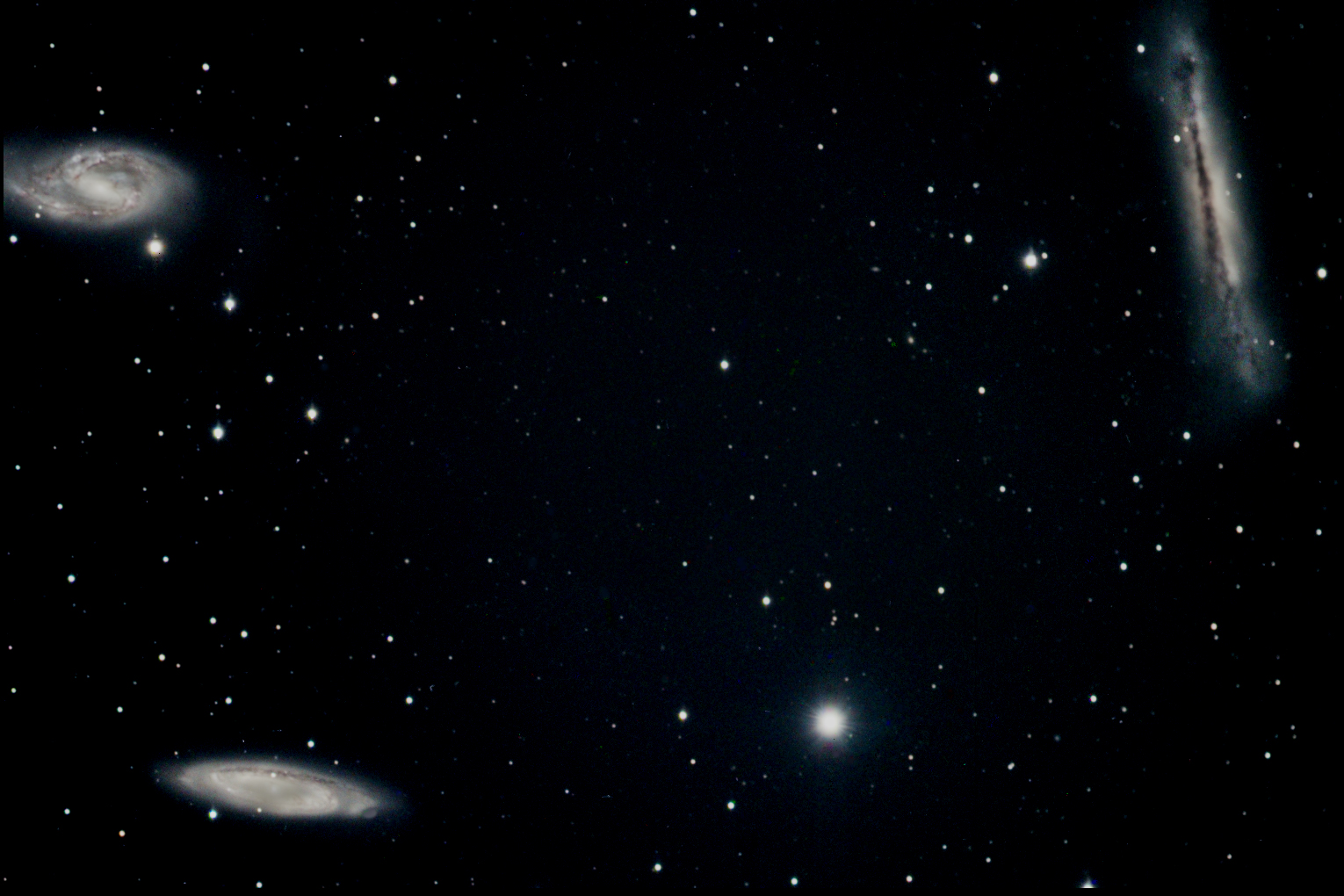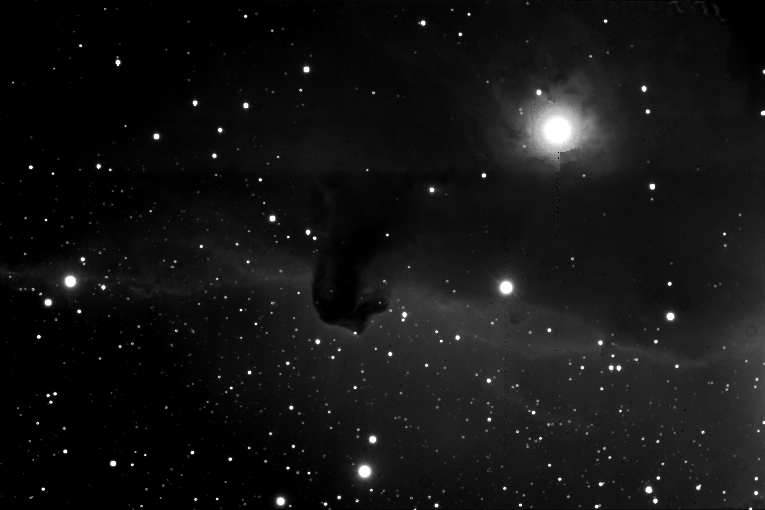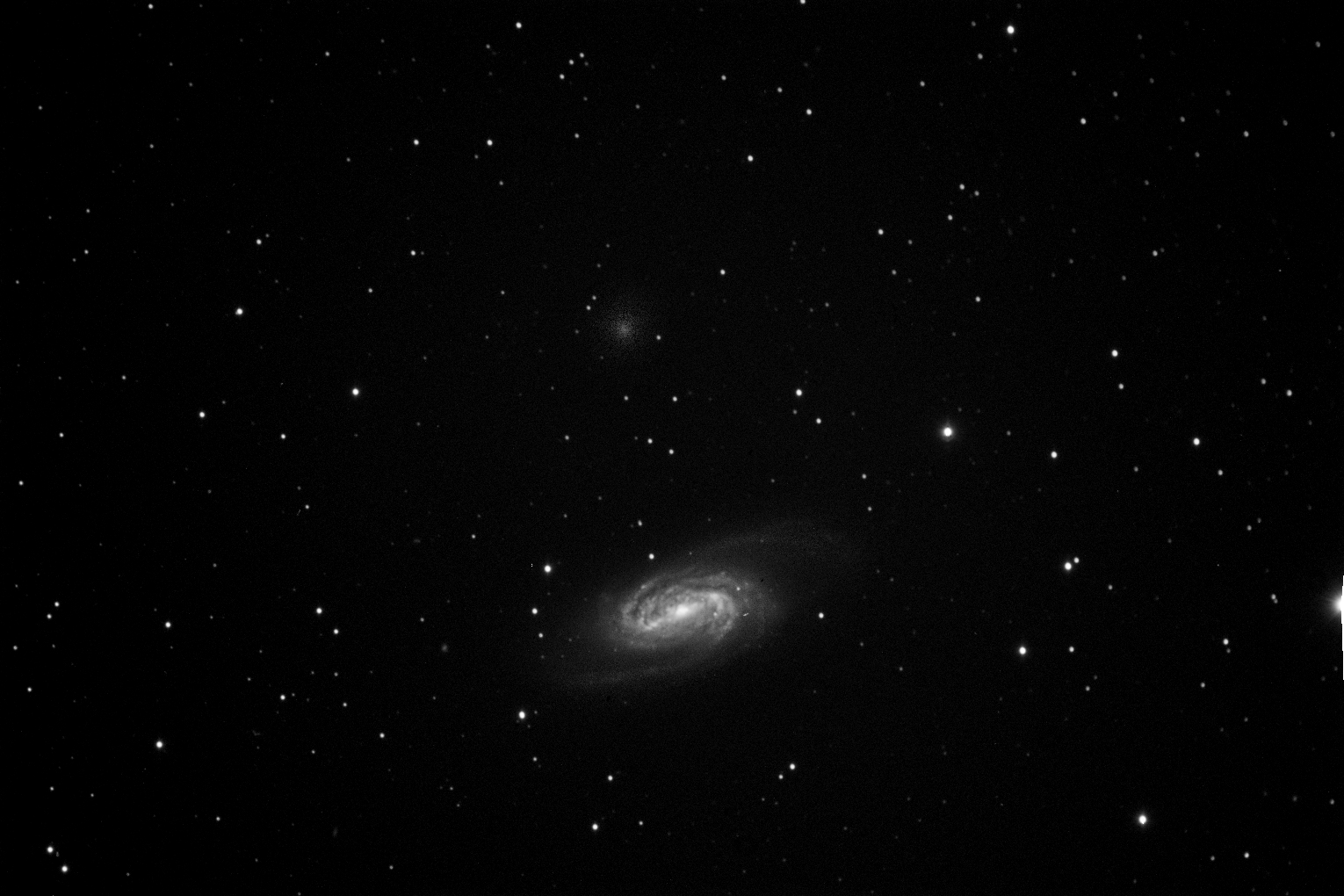TED'S
ASTROPIX:
The
Winter Star Party Page!!!
©
2011-2015 Ted Saker, Jr. All rights reserved.
Country
of First Publication: The United States of America
These works are
for the personal viewing and enjoyment of visitors to this site.
Any
and all commercial use of these images is absolutely, strictly and
totally prohibited without my consent.
Remember, I sue people
professionally. Besides astronomy, it's what I live for.
Journal (but no images
I'm proud of) from WSP 2015!
(Updated
6 Dec. 2016)
Quick
Links:
WSP 2016 - NO SHOW -
working on 2017
WSP 2015
WSP 2014
WSP
2013
WSP
2012
WSP
2011 (and
previous)
Scenes from around the Winter Star Party
WSP
2015
March
1, 2015. The
31st Winter Star Party took place February 16 through 21, 2015. This journal was easy in some ways to write as there was little imaging activity. This edition resembled a combination of 2007, 2009 and 2010. Monday the 16th turned out to be the only opportunity to shoot any image. There was an occasional gust of wind that squiggled the stars and subject, but since the first night is for equipment checking, I turned in early when a large cloudbank came through. I have a couple of test frames that I may process, but it is unlikely that I'll post it.
Tuesday night brought a large thunderstorm to Scout Key.
It left many submerged campsites and telescopes in its wake. This event earned the eponym, "Winter Storm Party."
In its wake, the storm brought temperatures nearly twenty degrees below average and steady winds in the 30 MPH range. Wednesday and Thursday were clear, but there was no way to shoot images in those conditions. Staying out of the wind and trying to maintain a positive mental attitude
in the face of so much cognitive dissonance were significant challenges. Waking up to near record low temperatures on Friday was
an uncharacteristic WSP experience. The schadenfreude pouring down from the north with the arctic breeze was no comfort. However, I did see many old friends and catching up with them was great, as was talking about equipment and techniques. The TSP Shade Tree Gang's Fearless Leader, Craig Colbert, made the trip from Santa Monica with a home built tracker that he designed and wrote
control software to enable it to track.
Robert Royce brought a 12.5" Dall-Kirkham, but I didn't get a chance to look
through it at night. That was a pity since Jupiter was just past opposition.
I had such plans for 2015. I wanted to get color layers to combine with last
year's monochrome Centaurus A, among other goals that went unmet. Here's hoping that WSP 2016 has better conditions.
I seriously need to look into a small, high quality refractor for wide field,
deep sky imaging. I'm not sure the
SAGA
is up to the windy challenges of WSP
imaging.
WSP
2014
March
10, 2014. The
30th
Winter Star Party was held on Scout Key, February 26 through
March 2, 2014. After a particularly brutal siege of Ohio by General
Winter, the 30th WSP
was a desperately needed respite from the snow, ice and deadly wind
chills. Surprisingly, despite GW's ongoing attacks, south Florida did
not experience the usual effects of northern winter storms. Every 5th anniversary,
WSP opens the gates a day early, giving attendees a bonus night under
the fabled steady skies of the Straits of Florida. The 60 degree
temperature differential between Ohio and Scout Key was warmly
welcomed. Upon arrival, I experienced temps
in the mid 80s and humidity nearly as high. It felt good. The
unfortunate side effects were below normal transparency and above
average dewing conditions. Although Joe Golias did not set up the Astrozap booth this year, he was kind enough to furnish me with a dew shield
for my newly reconditioned AT8RC, the big brother to the AT6RC I used
at past WSPs, which was making its first star party appearance.
Another big event was first light for the
SAGA
(Scarlet
and Gray
Astrograph). I designed and built this 6” f/4.5 Newtonian imaging telescope and
recently completed it after two years of toil. I hoped to test my work on some
wide field objects.
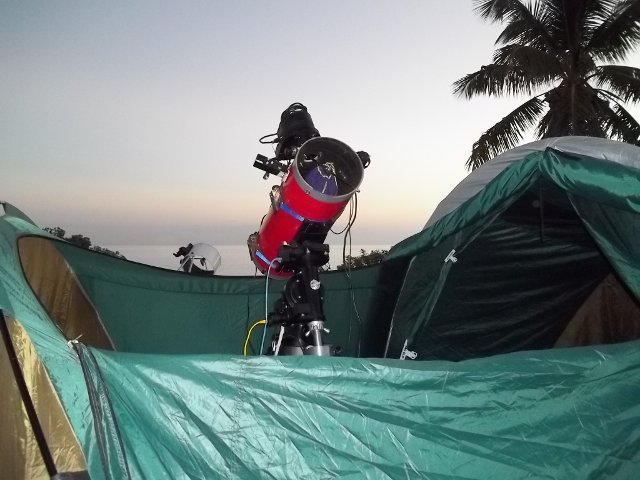 On
the first night, the Sunday bonus, skies were clear although the
humidity reduced the transparency. I attempted to collimate the
SAGA,
then set it on the G-11 and mounted the camera. No joy. Instead, I
was able to help out a SCAS member having a
communications problem with his G-11 mount. When I verified that the
computer and mount were talking to each other over my
cable, it was apparent that his cable was the problem. Worse yet, the
problem was in the DB-9 connector. He looked very worried when I took
the connector apart, found
a broken wire, and asked for a soldering iron. He need not have
worried, as I have made the same repair on my cable in the field
several times. After 10 minutes' work,
his computer and Gemini CPU were working and playing well together
again. Unfortunately, lack of sleep from the drive south caught up to
me and my evening ended early.
On
the first night, the Sunday bonus, skies were clear although the
humidity reduced the transparency. I attempted to collimate the
SAGA,
then set it on the G-11 and mounted the camera. No joy. Instead, I
was able to help out a SCAS member having a
communications problem with his G-11 mount. When I verified that the
computer and mount were talking to each other over my
cable, it was apparent that his cable was the problem. Worse yet, the
problem was in the DB-9 connector. He looked very worried when I took
the connector apart, found
a broken wire, and asked for a soldering iron. He need not have
worried, as I have made the same repair on my cable in the field
several times. After 10 minutes' work,
his computer and Gemini CPU were working and playing well together
again. Unfortunately, lack of sleep from the drive south caught up to
me and my evening ended early.
Monday
was another uncharacteristically hot and humid day. I spent most of
the day collimating telescopes. A visit with my friend, Howie
Glatter, provided me with the tools and information that led me
to conclude that I had collimated the
SAGA incorrectly. Howie's tools enabled me
to align the mirrors correctly, but by then I had replaced the
SAGA
with the AT8RC. I did not want to let WSP pass without getting images
and the AT8RC was the better choice to ensure I didn't leave WSP
without something to process. Thus, pictures from the
SAGA would have
to wait. My imaging run would consist of two objects whose placements would
provide camera time for the entire night. I began the evening with
the Flame Nebula (NGC 2024) just off the leftmost star in Orion's
belt. The first half of the imaging run was spent acquiring
luminance. Since I am pursuing narrowband tricolor imaging, I started
collecting hydrogen
alpha (Ha) frames after completion of the luminance imaging run.
The
second object I planned to get was Centaurus A (Arp 153, NGC 5128),
in honor of Dr. Halton C. Arp, who passed away on December 28, 2013.
I had the honor to meet Dr. Arp at the 2005 Texas Star Party and
found him to be a gentleman in every sense of the word and a
scientist of the highest caliber. In his Atlas
of Peculiar Galaxies, Dr.
Arp described Centaurus A as
one of the best examples of a "disturbed" galaxy with dust
absorption. I'd been
after an image of that object for several years. WSP's low latitude
meant that Centaurus A would be at its highest altitude there than
anywhere else in the continental U.S. Previous attempts had foundered
for lack of a bright enough guide star. This year would be different.
My camera acquired and held its lock on a guide star, and luminance
layers were successfully obtained. The imaging run was cut short by
dewfall heavy enough to reach the AT8RC's primary mirror at the back
of the tube. I had to discard two raw frames as a result of the
accumulation of dew on the mirror.
Tuesday
night began with promise as I acquired the balance of the Sulfur II
(SII) and Oxygen III (OIII) color layers for the Flame Nebula image.
However, clouds rolled in around midnight and the imaging run ended
without my being able to obtain any color layers for the Centaurus A
image. Occasional wind gusts did not overly interfere with the
imaging run. Most of the raw frames were fine.
Wednesday
night was cloudy and a
bit windy. The forecast for the rest of the week was not favorable.
The news from home was most disquieting. General Winter was
marshaling his forces for another invasion of the Ohio valley on the
day of my planned returned home. That left me in a dilemma: stay in
south Florida and accept the disruption of my work schedule, or leave
early and beat General Winter home. Joe was in favor of the latter
plan, and I very reluctantly agreed. We packed up Thursday and began
the long trek home. I arrived a half day ahead of General Winter with
warm memories of another wonderful, successful, too-short WSP.
IMAGES
FROM WSP 2014
 | 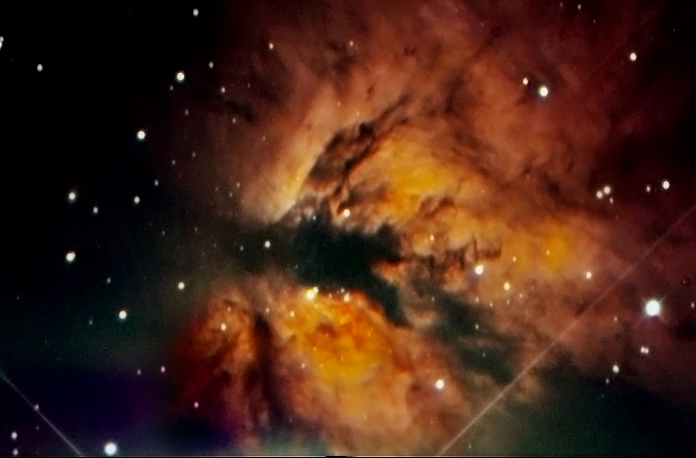 |
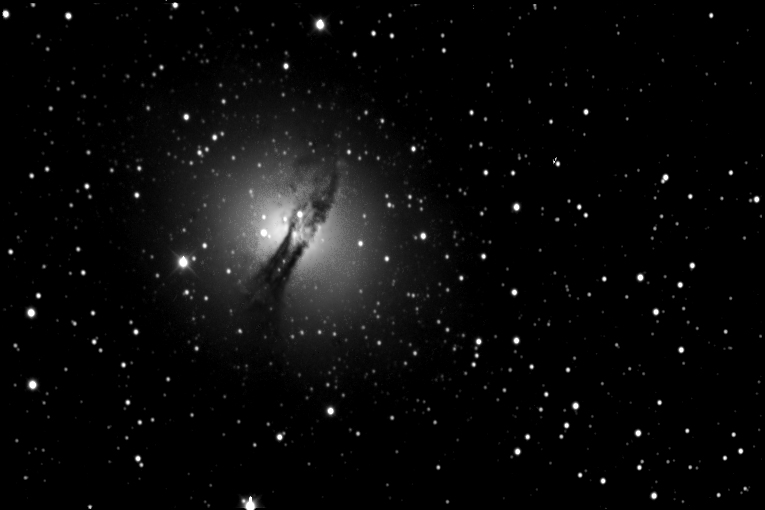 |
NGC 2024 Emission Nebula in Orion (“The Flame Nebula”). 6000 secs. L, 3000 secs. Ha, SII & OIII, AT8RC, WSP 2014 (HST palette) |
The Flame Nebula (Kitt Peak Palette) |
Arp 153 (NGC 5128) Peculiar Galaxy in Centaurus (“Centaurus A”). 6000 secs. L, AT8RC. WSP 2014. |
WSP
2013
April
4, 2013. Another
highly anticipated WSP (February 4 to 10) lived up to expectations. Six straight clear
nights, warm temps, not so windy, and lots of imaging. Just getting
into the South Florida area was an adventure in and of itself. As an
extra added bonus, I was given the opportunity to work with the Avalon Instruments M-Uno
single-arm equatorial (SAE) mount and write an evaluation for the
April-May 2013 issue of Astronomy
Technology Today magazine. Luminance layers of the top row of
objects I took at Black Forest awaited the acquisition of the color
layers which I obtained at WSP. I wasn't as fortunate with some other
objects I wanted to shoot due to the absence of sufficiently bright
guide stars. However, the images I took with the M-Uno more than made
up for the the guide star frustration. At 660 mm, the short focal
length of the Intes Maksutov-Cassegrain telescope allowed me to use
my camera's full resolution.
IMAGES
FROM WSP 2013
WSP
2012
March
2, 2012. WSP
2012 (February 20-26) is in the books. The
weather and observing conditions were the finest since 2008. I worked
the Astrozap booth with Joe Golias again this year. I got to talk a lot about
telescopes and astrogear with many attendees. Undoubtedly, the
highlight of this event for me was Mars opposition. WSP skies are
renowned for steadiness which is ideal for planetary viewing. Robert
Royce was in attendance. One of the attendees commissioned a 16” DK
from Robert, and the view of Mars through that scope was nothing
short of stunning despite some annoying wind gusts. Sinus Sibaeus,
Syrtis Major and the South Polar Ice Cap were easily visible even
though this year's apparition is not a particularly close approach.
I
took a different approach to imaging this year. Anticipating windy
conditions, I left the C-11 at home and brought an AT6RC, a 6”
Ritchie-Chretien reflector, thinking that a smaller, lighter
telescope would not be affected as much by wind. Monday and Tuesday
were a bit windy. I spent both nights working the kinks out of the
new configuration. Wednesday and Thursday were absolutely ideal with
Wednesday being the better of the two nights. All four stars of the
Southern Cross could be seen, and Eta Carina was visible with the ol'
Mark 1 eyeballs. I finally got to image Eta Carina, the Jewel Box and
Omega Centauri after years of futility (see
above). A previously scheduled family commitment required me to
leave a day early. By others' accounts, Friday night was also
excellent. Unfortunately, I had to miss it.
Working
the booth prevented me from enjoying many of the available
activities; yet, I managed to make my annual pilgrimages to the No
Name Pub and Keys Fisheries. Daytime highs reached the mid 80s and
nights were spent in the low 70s. On Wednesday and Thursday nights,
when the winds were calm, there was a lot of dew and visits from
Florida state birds. Overall, WSP 2012 was a most successful event.
I'm looking forward to WSP 2013.
IMAGES
FROM WSP 2009-2012
 | 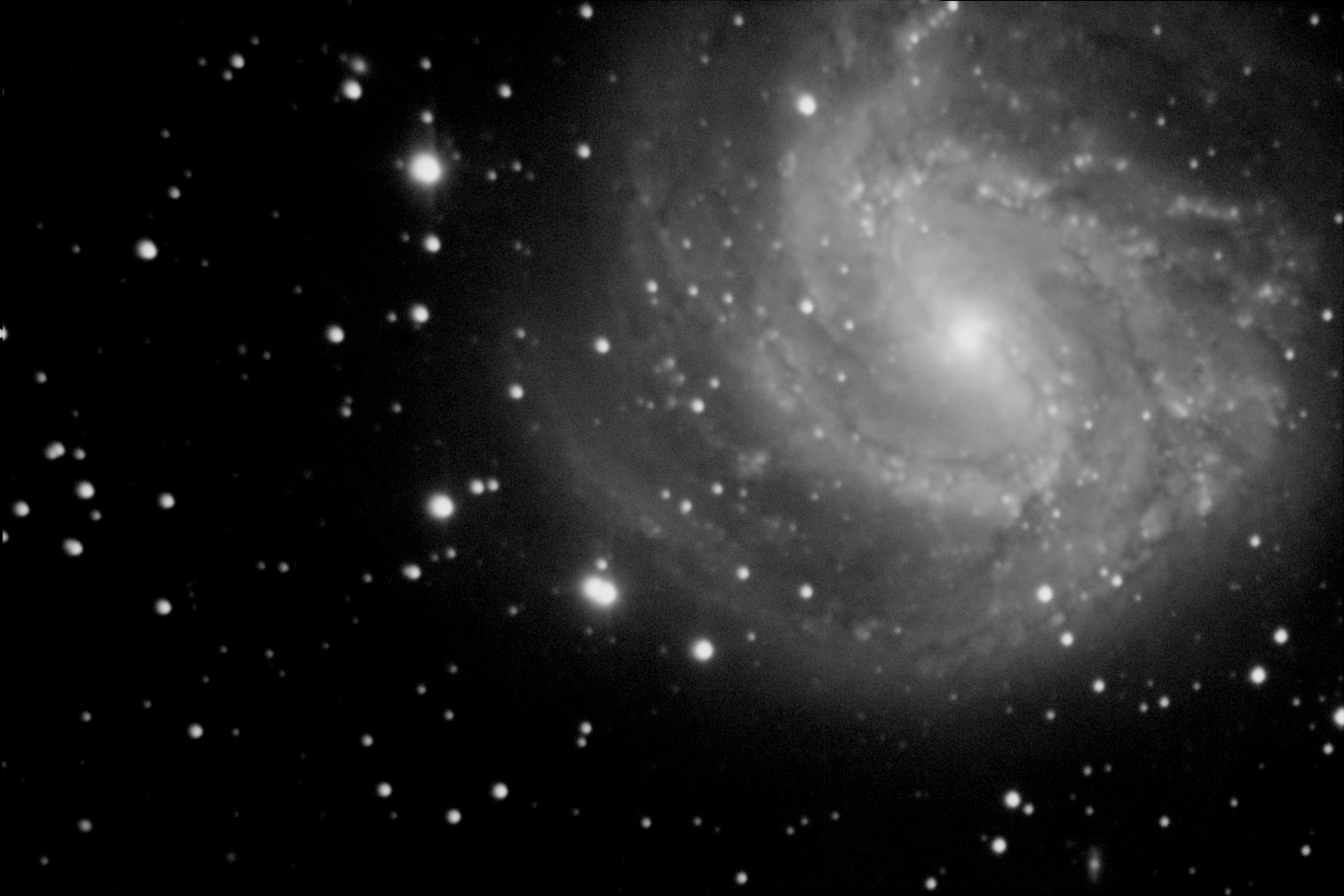 | 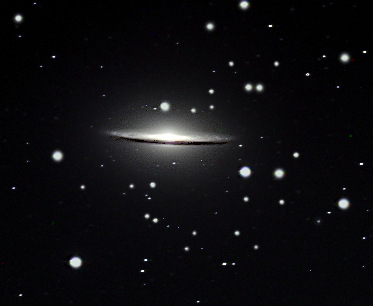 |
| NGC 2359 Emission Nebula in Canis Major (“Thor's Helmet”). Image taken at WSP 2010. Image sensor: SBIG ST-8E/AO-7. Optics: Celestron C-11 SCT @ f/10. Mount: G-11 GEM.Thanks to Joe of Astrozap for the Focusing Cap! | M83 Spiral Galaxy in Hydra (“The Southern Whirlpool”). Image taken at WSP 2009. 60 min. L. Image sensor: SBIG ST-8E/CFW10SA/AO-7. Optics: Celestron C-11 SCT @ f/10. Mount: G-11 GEM. | M104 Spiral Galaxy in Virgo (“The Sombrero”). Image taken at WSP 2011 (in a 20 MPH gusty breeze). 5 min. LRG, 10 min. B. Image sensor: SBIG ST-8XME/ CFW10SA/AO-8. Optics: Celestron C-11 SCT @ f/6.3. Mount: G-11 GEM. |
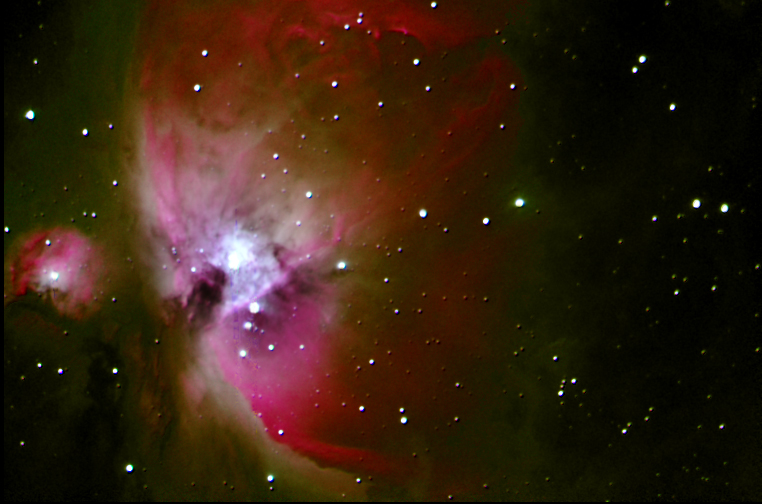 | 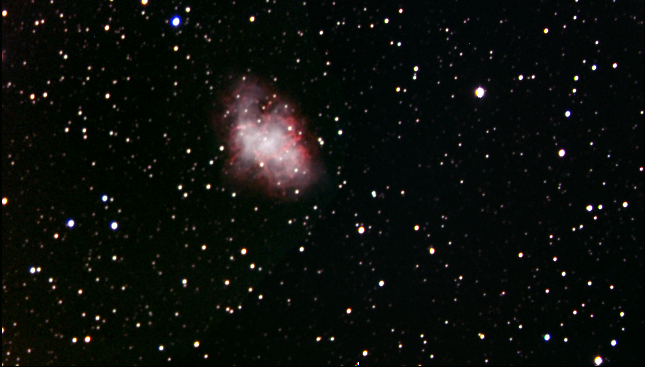 |  |
| M42 Emission Nebula in Orion (“The Great Orion Nebula”). Image taken at WSP 2011 (in a 20 MPH gusty breeze-short subframes of a bright object really helps the guiding). 50 sec. L, 100 sec. R, 200 sec. G, 300 sec. B. Image sensor: SBIG ST-8XME/CFW10SA/AO-8. Optics: Celestron C-11 SCT @ f/6.3. Mount: G-11 GEM | M1 Emission Nebula in Taurus (“The Crab”). Image taken at WSP 2011. 45 min. LRGB. Image sensor: SBIG ST-8XME/CFW10SA/AO-8. Optics: Celestron C-11 SCT @ f/6.3. Mount: G-11 GEM. | NGC 3372 Emission Nebula in Carina (“The Keyhole” aka Eta Carina). Image taken at WSP 2012. 9 min. L, 9 min. R, 13.5 min. G, 13.5 min. B. Image sensor: SBIG ST-8XME/CFW10SA. Optics: AstroTech AT6RC @ f/9. Mount: G-11 GEM. |
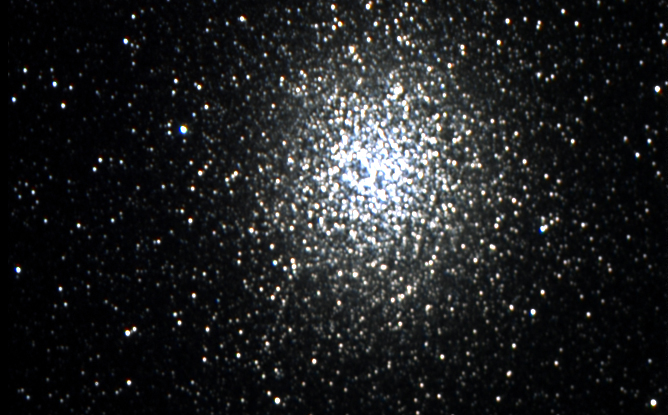 | 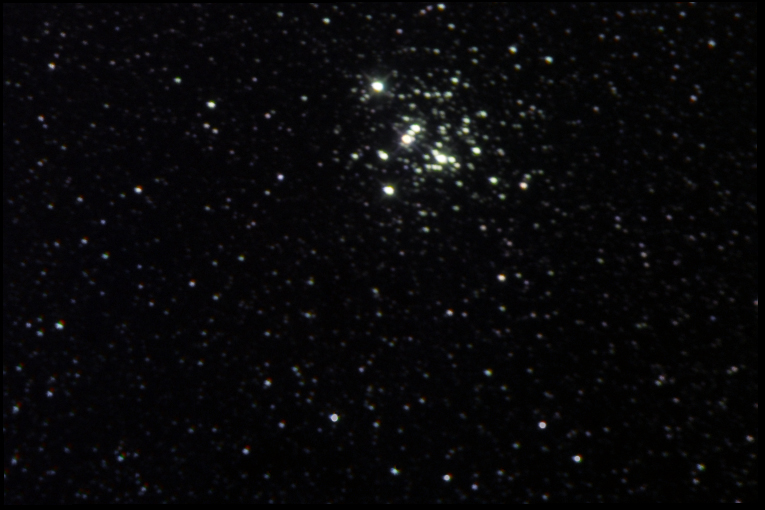 | 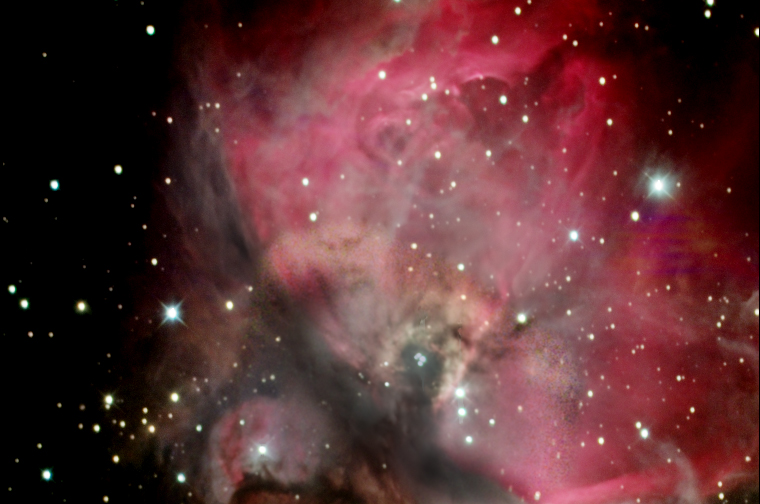 |
| NGC 5139 Globular Cluster in Centaurus (“Omega Centauri” aka the biggest, baddest globular cluster in the sky). Image taken at WSP 2012. 9 min. L, 9 min. R, 9 min. G, 13.5 min. B. Image sensor: SBIG ST-8XME/CFW10SA. Optics: AstroTech AT6RC @ f/9. Mount: G-11 GEM. | NGC 4755 Open Cluster in Crux (“The Jewel Box”). Image taken at WSP 2012. 9 min. L, 9 min. R, 9 min. G, 13.5 min. B. Image sensor: SBIG ST-8XME/CFW10SA. Optics: AstroTech AT6RC @ f/9. Mount: G-11 GEM. | M42 Emission Nebula in Orion (“The Great Orion Nebula”). Image taken at WSP 2012. Composite of 18.2 min. L, 31.7 min. R, 27.2 min. G, 22.7 min. B. Image sensor: SBIG ST-8XME/CFW10SA. Optics: AstroTech AT6RC @ f/9. Mount: G-11 GEM. |
WSP
2011
March
10, 2011. I
have often been asked why I have several pages devoted to the Texas
Star Party and none to the Winter Star Party. I have attended WSP
annually since 2005. It is one of the highlights of the calendar as
it kicks off the observing year in style. WSP is one of my favorite
events. I recently returned from my seventh one. The reason I have
not written a WSP Page before now is relatively simple: a lack of
images to post. A synopsis of my WSP appearances tells the tale:
2005: Windy, cold, cloudy, and rainy. No imaging.
(Feb. 7 -12)
2006: The best conditions I have seen wasted because of equipment problems. RIP Cookbook 245. No imaging.
(Feb. 19-23)
2007: Windy, cold, cloudy, and rainy. No imaging.
(Feb. 12-18)
2008: Decent conditions, equipment problems. No imaging.
(Feb. 4-10)
2009: Somewhat decent conditions allowed for imaging. Not much in the way of results.
(25th WSP, Feb. 21-28)
2010: W I N D Y. One-half of a night of imaging. Slightly hampered by equipment problems.
(Feb. 8-14)
2011: W I N D Y. One and a fraction of a night of imaging—autoguiding during lengthy integrations was difficult if not impossible.
(Feb. 28 to March 6)
My
imaging experience at all the WSPs is one of ongoing frustration.
Either the weather refused to cooperate or equipment problems
prevented or limited my opportunities. Consequently, I have not had
much in the way of results to post. The people having consistent
success imaging at WSP use short focal length refractors and/or huge,
beefy mounts. My C-11/G-11 combination does not track well in windy
conditions.
That
being said, nobody should get the impression that I'm dumping on WSP.
On the contrary, I return year after year precisely because this
event is a party first and stars second. The folks at the Southern
Cross Astronomical Society and attendees who travel from near and far
make up a wonderful group. In 2008, three years of disappointment
with my C-11 ended when Steve Keene (a fellow CAS member) taught me
how to collimate the telescope properly. I observed Saturn as I have
never seen it before-the planet filled a high power eyepiece's field
of view and I could even see the inner crepe ring.
It's
a formula for success: February + Florida Keys = A Real Latitude
Adjustment. When conditions are right, it's a great site to image
from. Plus, there's the opportunity to observe (and possibly image)
objects located deep in the southern hemisphere that never get above
the horizon in northern latitudes, as well as old favorites that
never looked better. For example, in 2006, conditions were so good
that we could see all four stars of Crux reflecting in the water of
the Florida Straits. The Keyhole Nebula was easily seen with the
eyes, and in a telescope—unbelievable. Since these objects attain
just seven degrees of altitude at culmination, it was unusually good.
In my experience, Cuban weather tends to affect transparency and
seeing in that direction. Also, in 2006, the planets put on quite a
show. At the zenith, Saturn sat just to the west of the Beehive
Cluster and, in the western sky, Mars's location just east of the
Pleiades added to the astronomical riches strewn across the heavens.
Only
in the last couple of years have I been able to get my equipment to
cooperate when the weather does. Below are images taken at WSP 2009,
2010 and 2011. Even though I have taken a very few number of images
at WSP, I felt it was time to create a page dedicated to one of the
finest events of its kind. One of these years, my equipment will work
properly when conditions are right. I expect to add to my image
collection at a WSP with 2006 conditions.
Regardless
of the weather, the camaraderie at WSP is excellent. In the final
analysis, it is the people that make a star party great. I don't want
to miss WSP regardless of the weather, equipment or any other
pedestrian concern.
Any images at all coming from WSP 2017 (hopefully)
For
more information (and images), go to the WSP home page at
http://www.scas.org/winter-star-party
Clear, Dark and Steady Skies!
Back
to Page Top
Back
to Ted's Astropix Directory
